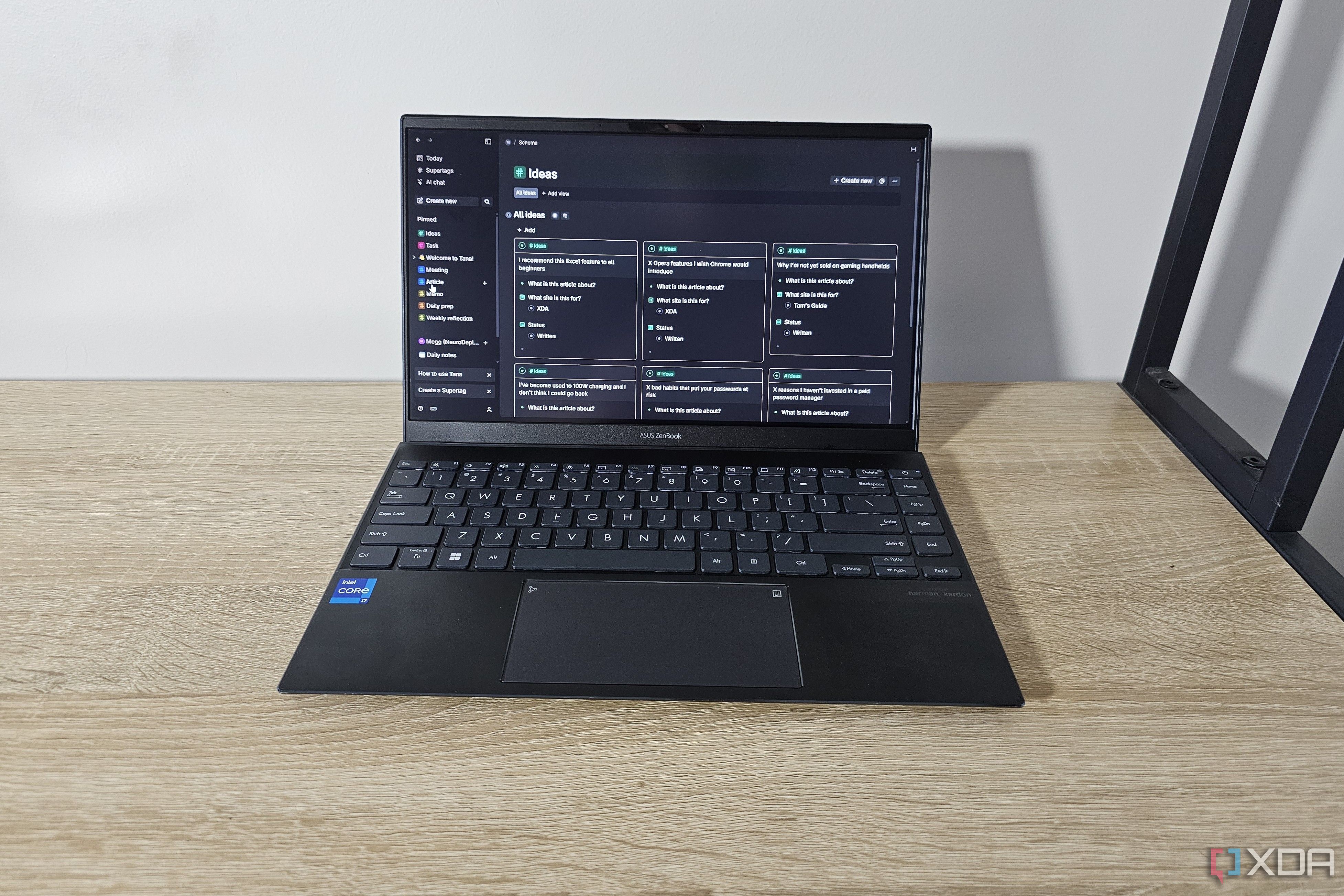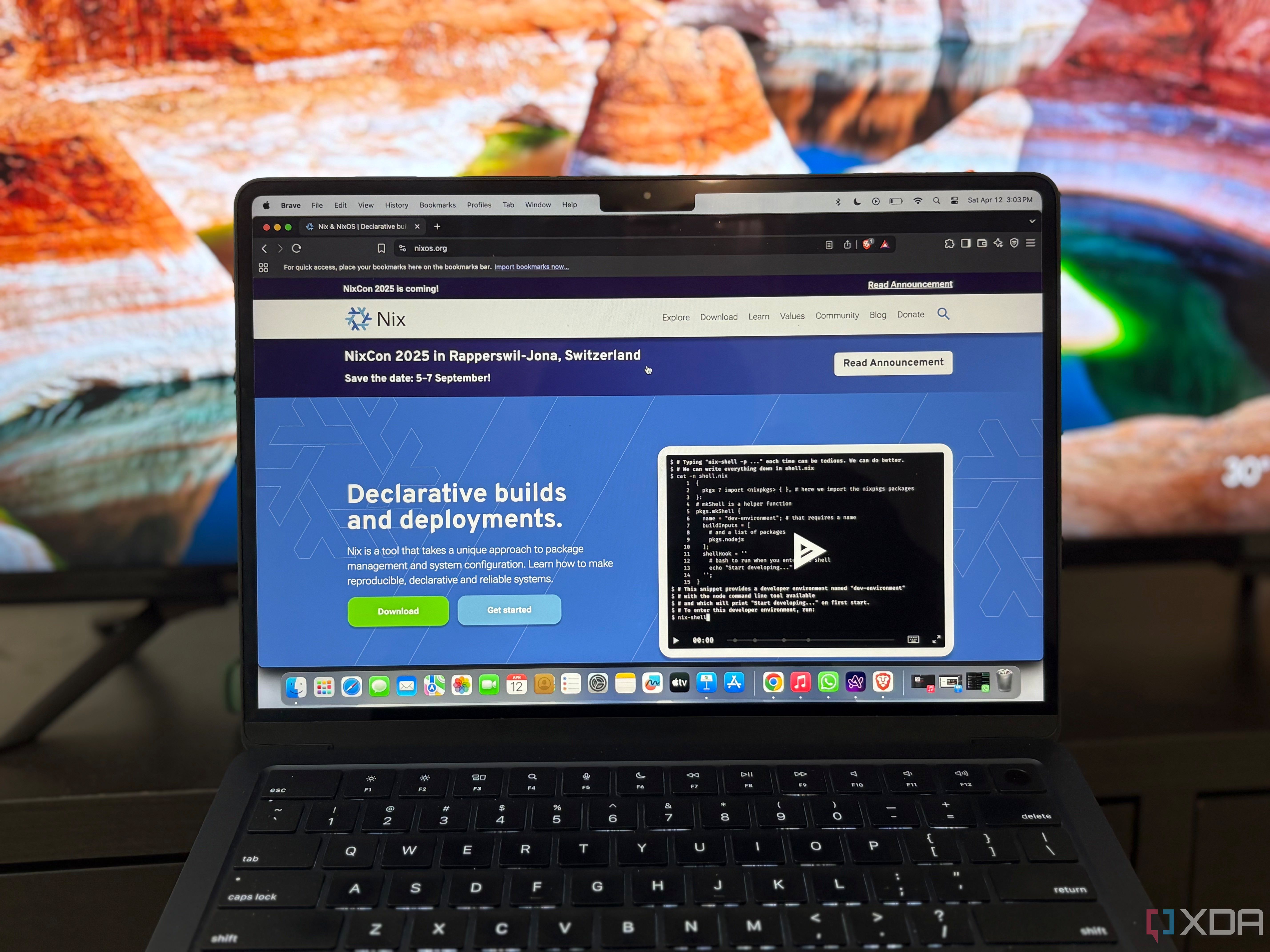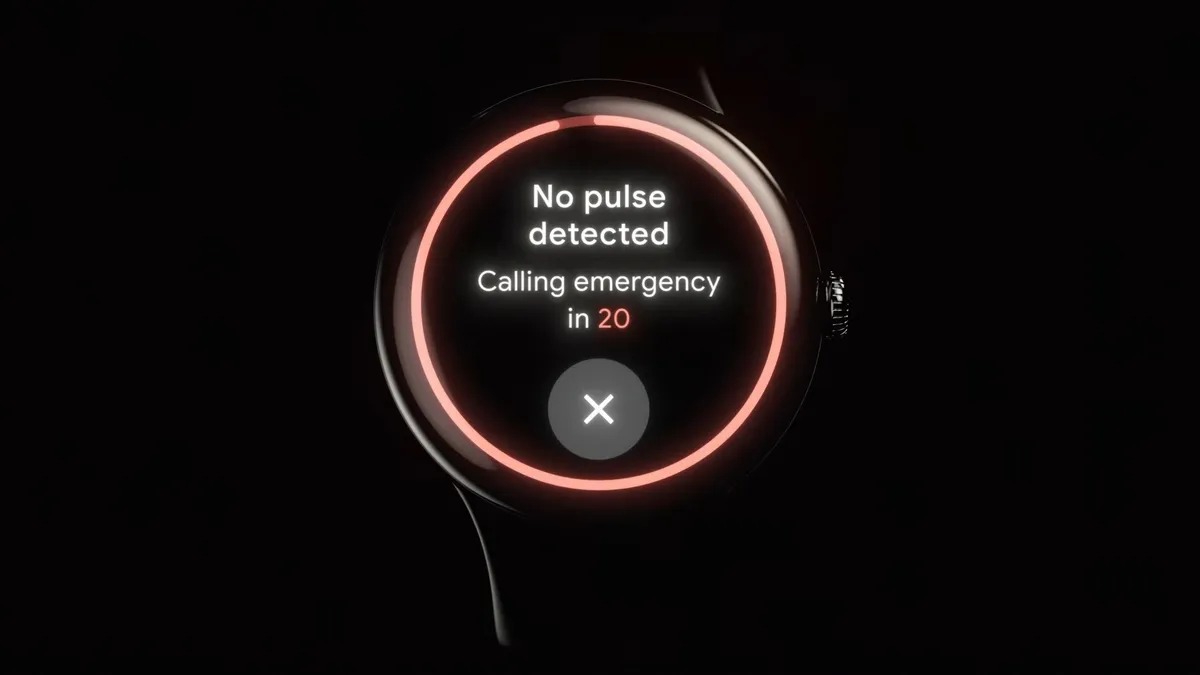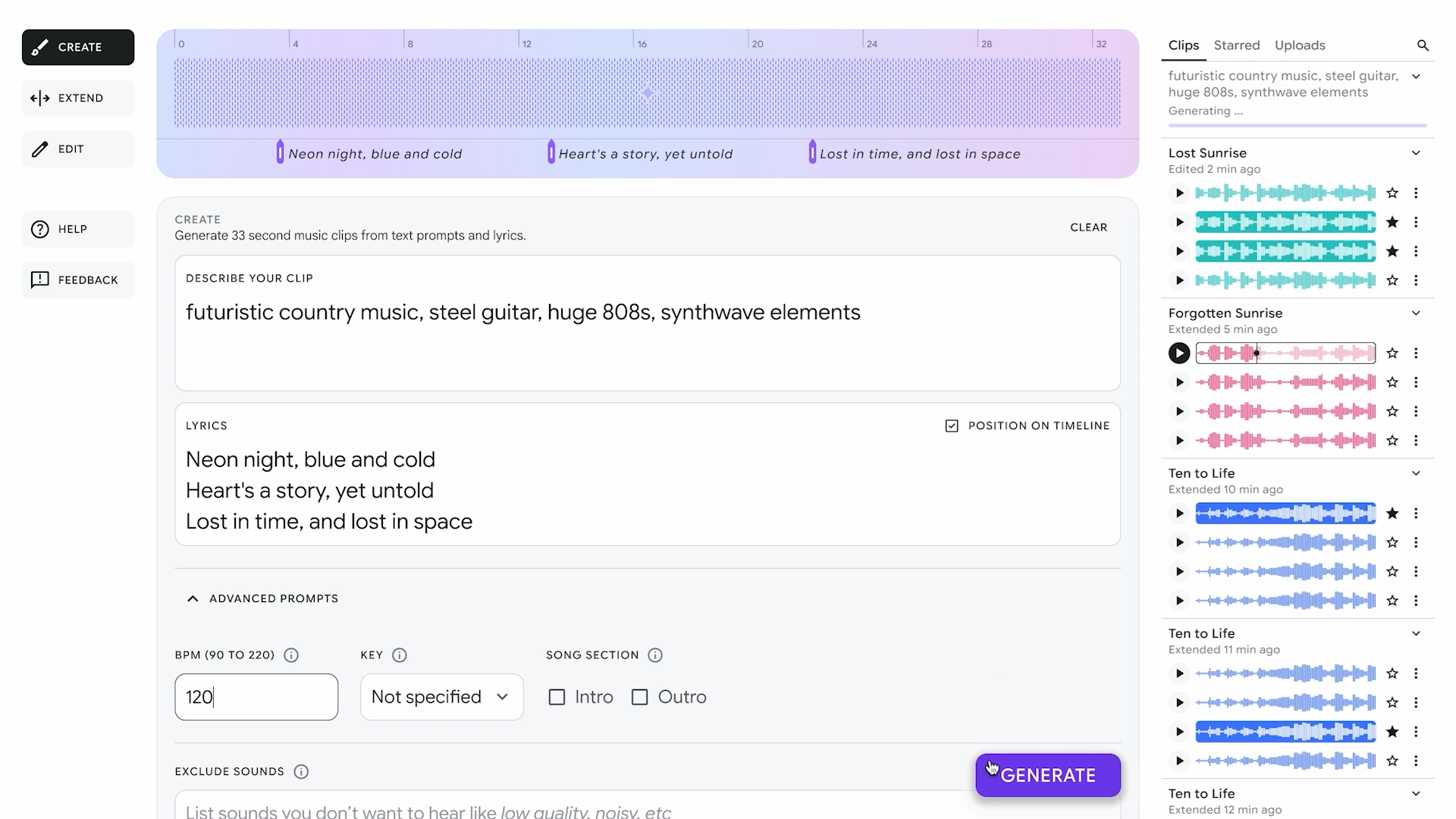Scientists Intrigued by Bridge of Dark Matter Inside Huge Galaxy Cluster
The Perseus cluster is a vast collection of thousands of galaxies, all bound together by gravity. Famed for its unbelievable size — containing the mass of some 600 trillion suns — it also has a reputation for being one of the few "relaxed" galaxy clusters out there: it shows no signs of having undergone a powerful but disruptive merger with another galaxy, which is how these clusters typically grow. In a word, Perseus looks settled down and pretty stable. But that may not be the case, according to an international team of astronomers. As detailed in a study published in […]


The Perseus cluster is a vast swirl of thousands of galaxies, all bound together by gravity. Famed for its unbelievable size — containing the mass of some 600 trillion suns — it also has a reputation for being one of the few "relaxed" galaxy clusters out there: it shows no signs of having undergone a powerful but disruptive merger with another galaxy, which is how these clusters typically grow. In a word, Perseus looks settled down and pretty stable.
But that may not be the case, according to an international team of astronomers. As detailed in a new study published in the journal Nature Astronomy, the astronomers have found a "bridge" of dark matter that leads to the center of the cluster, which they believe is the remnant of a massive object slamming into the galactic swirl billions of years ago. If this is evidence of a major merger, it'd mean that Perseus isn't so "relaxed" after all.
"This is the missing piece we've been looking for," said study coauthor James Jee, a physicist at University of California, Davis, in a statement about the work. "All the odd shapes and swirling gas observed in the Perseus cluster now make sense within the context of a major merger."
Dark matter is the invisible substance believed to account for around 80 percent of all mass in the universe. While we can't interact with dark matter, its gravity appears to be responsible for governing the shapes of the cosmos's largest structures, pulling "normal" matter together around "clumps" of itself to form the galaxies that we see.
To make the discovery, the astronomers sifted through data collected by the Subaru Telescope in Japan to look for signs of what's known as gravitational lensing. This occurs when the gravity of a massive object bends the light of more distant sources like a lens, magnifying our view of what lies behind it.
By measuring how the light is being distorted, astronomers can infer traits about the object that's causing the lensing. This technique is known as weak gravitational lensing, and can only be used when there's a large number of galaxies that the distortion's incredibly subtle effects can be observed on. It's one of the primary ways that astronomers map the distribution of dark matter throughout the cosmos.
Using this technique, the astronomers found a dark matter clump located inside the Perseus cluster around 1.4 million light years away from its center, weighing a colossal 200 trillion solar masses (the entire Milky Way, for reference, weighs about 1.5 trillion solar masses). But the clump clearly was a highly disruptive intruder, because it left behind an enormous dark matter "bridge" linking it to the center of the cluster. According to the astronomers, it's as good as a sign of a collision between the clump and the cluster as it gets. And from simulations they performed, this epic merger occurred some five billion years ago — the echoes of which still affect Perseus' structure to this day.
"It took courage to challenge the prevailing consensus, but the simulation results from our collaborators and recent observations from the Euclid and XRISM space telescopes strongly support our findings," lead author HyeongHan Kim, an astronomer at Yonsei University in South Korea, said in the statement.
More on dark matter: Scientists Say Dark Matter May Be Giving Off a Signal
The post Scientists Intrigued by Bridge of Dark Matter Inside Huge Galaxy Cluster appeared first on Futurism.

























































































































